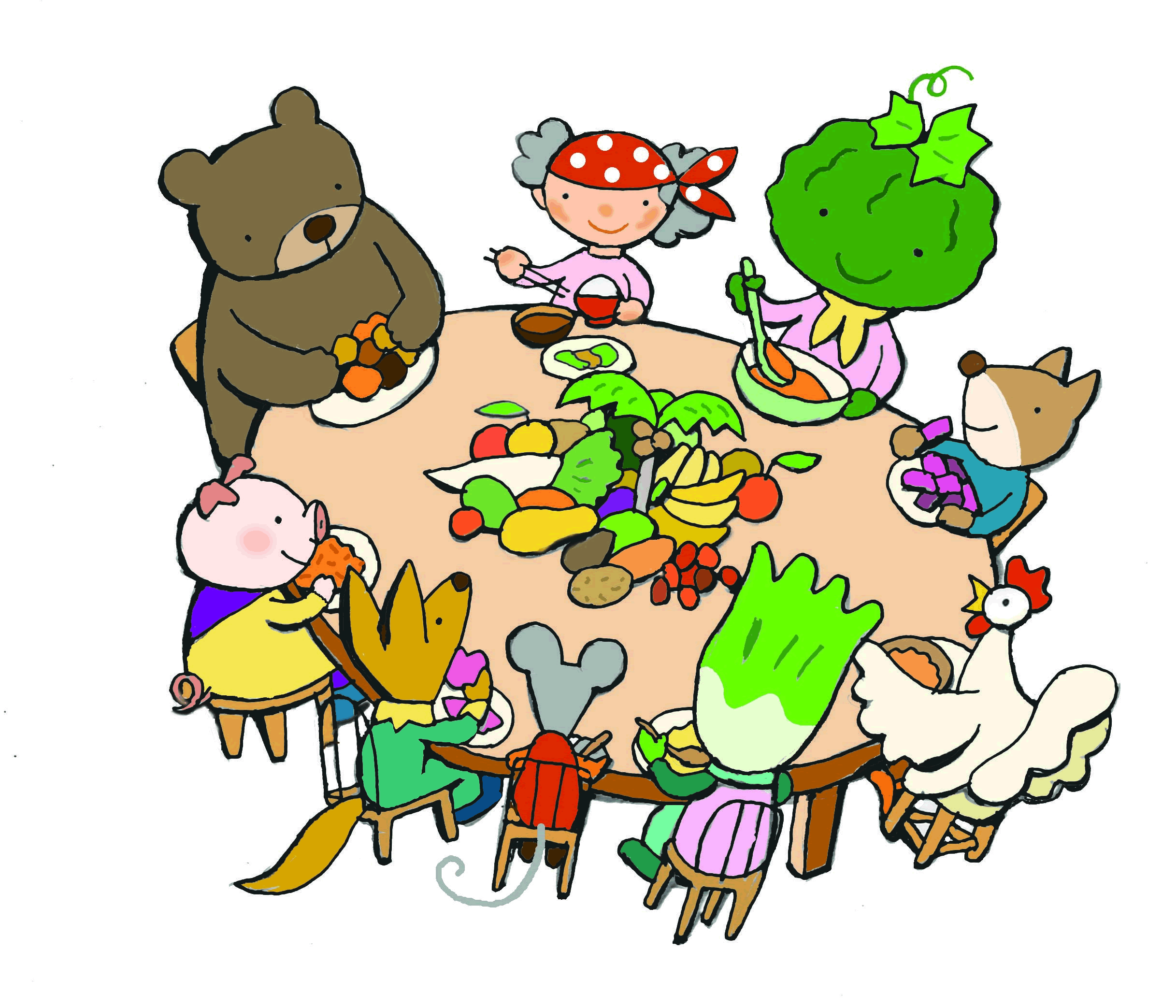Japan’s Soy Sauce Makers Replied to Our Questionnaire Regarding GM-Free Labelling
Consumers Union of Japan
Food Safety Citizens’ Watch
NO! GMO Campaign
Japan is considering changing its mandatory labelling system for genetically modified (GM) food. Currently, a processed food can contain as much as 5% GM ingredients but still be labelled as GM-Free. At a Consumer Agency meeting on February 16, 2018, a new strategy to deal with GM labelling and such contamination issues was discussed.
One of the draft proposals was to set the limit at 0% (below detection limit). If such a strict rule is introduced, it will probably be very difficult for food companies to avoid contamination, even if identity preserved handling is adhered to. This would most likely mean that the current GM-Free label, which is quite common in Japan, would disappear.
On March 1, we sent a questionnaire to six major food companies to ask them about their opinion and how they respond to consumers that do not want to eat GM food. The six companies were Kikkoman, Yamasa, Masada, Higeta, Higashimaru and Morita. These companies use the GM-Free label, or 「遺伝子組換えでない」 in Japanese on some of their products.
We received the following replies from five companies that make soy sauce and use identity preserved handling to avoid GM soy.
Question 1: Do you agree or disagree with the proposal to change the rule for the GM-Free label, so that it can only be used if the contamination is 0% (below detection limit)?
(1) We agree (2) We oppose (3) Other
Replies:
Kikkoman: (2) We oppose
Yamasa (2) We oppose
Masada (3) Other (Administrative policy decision)
Higeta: (2) We oppose
Higashimaru (3) Other (We will follow the labelling law when it is introduced)
Question 2: If the GM-Free labelling rule is changed to limit contamination to 0% (below detection limit), how do you expect the current labelling on your soy sauce products will change?
(1) If the detection limit is changed to 0%, the GM-Free label will be impossible to use, so we will stop using it. In that case, we would stop importing soybeans that are IP handled and change to start using GM soybeans that are not kept separate from GM-Free soybeans.
(2) We will change the label on our soy sauce explaining that “We use GM-Free soybeans that are kept separate from GM soybeans” and continue import using IP handling.
(3) Other
Replies:
Kikkoman (3) Other (Correspondence is currently being considered)
Yamasa (3) Other (We will continue import using the present IP handling but will consider it again in the future and have not decided)
Masada (3) Other (We will follow the administrative guidelines)
Higeta (3) Other (Correspondence is currently being considered)
Higashimaru (3) Other (We will make a judgement after the legal revision)
Question 3:
What kind of additional information regarding GM ingredients would you like to share with consumers that are considering buying your soy sauce?
Replies:
Kikkoman: The labelling space is limited, so we are considering concise and plain expressions that do not cause misunderstanding to be desirable.
Yamasa: We are listening to the detailed suggestions from the Consumer Agency. We wish that our customers will see the label and understand it.
Masada: We will make a judgement after the legal revision.
Higeta: The most important thing is that the consumer understands the label.
Higashimaru: We will make a judgement after the legal revision.



